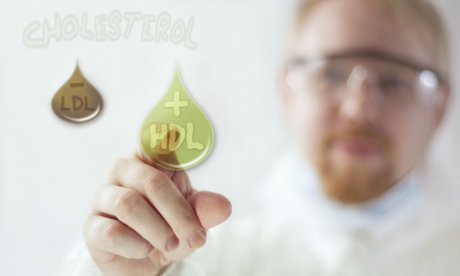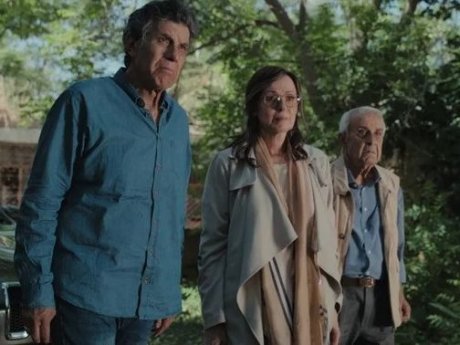Erechtheum to get new floor and open to visitors
The Erechtheum on the Acropolis, known for its porch held up by six caryatids, will get a new floor that will allow visitors to enter the temple, based on the recommendations of the Acropolis Monuments Preservation division, which was approved by the Central Archaeological Council.

The elegant building was constructed between 421 and 406 BC on the site of the Acropolis to replace an earlier temple dedicated to Athena, the patron goddess of ancient Athens, further south. The Ionic-style temple, known as an outstanding example of ancient Greek architecture, has been used in antiquity to honour several divinities.
The Erechtheum was burnt in the 1st century AD by raiders of the city and made into a church dedicated to the Virgin Mary during early Christian years. During the Frankish occupation it was used as a palace (1204-1456) and it housed a harem during the Ottoman occupation. In the 19th century, a caryatid and a column were removed by Lord Elgin, and a Turkish bomb damaged it severely in 1827, during the Greek War of Independence.
Its restoration between 1979 and 1987 as part of the overall restoration project on the Acropolis won Greece a related prize by Europa Nostra.
According to the plans approved, the foundations of the church will be covered for protection, while any earth works will be clearly marked to show the building's phases. The area to be covered by a floor was known in antiquity as the "Prostomiaion" ("before the mouth"), under which lay the salty water spring that legend said was created by sea ruler Poseidon during a contest with Athena to see who could claim the city as protector. The floor plaques will be made of marble 14 cm thick, placed over a removable metal construction that will be placed with provisions as to its weight.
The western part of the northern wall, where a door led to a basement rocky foundation, which tradition said preserves traces of the two gods' competition, will be visible, as will be the church narthex that was used during Ottoman times as a reservoir.
Of the six caryatids, one is in the British Museum and the others in the new Acropolis Museum undergoing restoration. They have been replaced on the actual site by plaster copies.
Trending




















